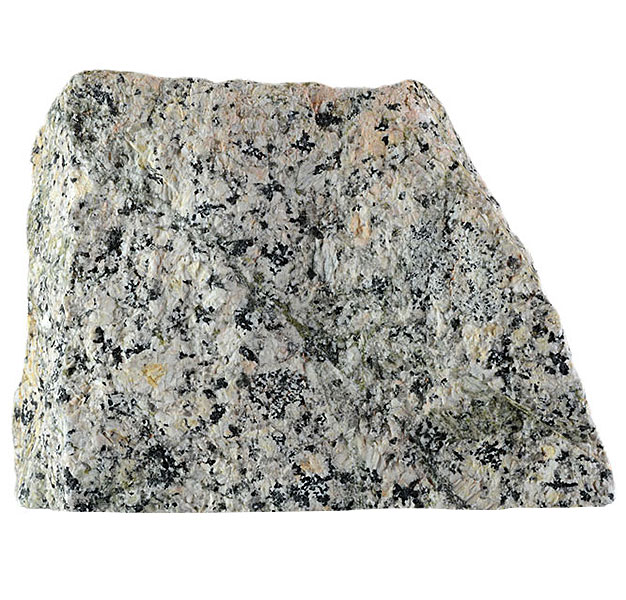Fact sheet
This sample of aplite, a fine-grained quartz and feldspar-rich rock, is one of several thick veins intruded into highly folded, cordierite-bearing hornfelsed slates that are well exposed on the foreshore at Priest's Cove, Cape Cornwall, in Cornwall. The veins are probably related to the Carn Gloose granite to the south, which was intruded around 268 million years ago in the Permian period.
In thin section the rock exhibits coarse tourmaline grains with patchy zoned colours ranging from brown to pale blue/grey. The majority of the rock is formed of orthoclase feldspar, which appears to have been partly altered, and quartz.
The United Kingdom Virtual Microscope (UKVM) collection consists of igneous, sedimentary and metamorphic rocks from around the UK.
It is intended as a teaching resource, helping to tell the story of the common rock types and how they form, and reflecting the history of the UK at the margins of the continent of Europe. The collection is a series of teaching sets, for example igneous rocks from the North Atlantic Igneous Province and SW England; high-temperature metamorphic rocks from Scotland and low-temperature metamorphic rocks from Wales; and sedimentary rocks, including English limestones and sandstones.









